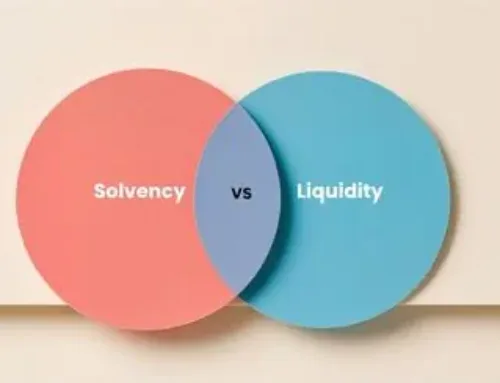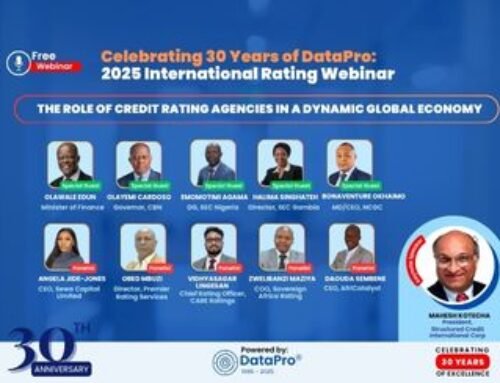
The derivatives market is evolving rapidly, driven by tokenised assets, AI-driven risk analytics, and climate-linked financial instruments. As new products emerge, assessing credit risk, counterparty exposure, and systemic stability remains critical for evaluating market creditworthiness.
Macroeconomic & Market Trends
Macroeconomic forces will continue to shape derivatives stability and credit risk profiles in 2025.
- Interest rate fluctuations—driven by inflation and Central Bank policies—will impact the credit risk of interest rate derivatives and structured products.
- Diverging global growth patterns will influence credit ratings for derivative contracts tied to corporate debt, Sovereign bonds, and Credit Default Swaps (CDS).
- Geopolitical risks & trade disruptions will affect derivatives linked to commodities, foreign exchange, and emerging market debt.
- Crypto-based derivatives will introduce heightened volatility and counterparty credit risk, necessitating enhanced regulatory oversight.
- Climate-linked financial risks are fuelling demand for weather derivatives, catastrophe bonds, and ESG-focused structured products, requiring new credit assessment models.
Regulatory & Compliance Shifts
The regulatory landscape will continue reshaping credit risk considerations in derivatives markets:
- Basel III finalisation—Higher capital and leverage requirements for Banks will impact derivative counterparties’ credit profiles and systemic risk assessments.
- Stricter clearing & Margin Rules will influence counterparty credit risk and liquidity buffers, affecting credit ratings.
- Sustainability-linked swaps will require enhanced credit evaluation models incorporating environmental and social risk factors.
- DeFi-based derivatives will face increased transparency and operational risk oversight.
- Tokenised securities & blockchain-based derivatives will demand new compliance frameworks to mitigate fraud and liquidity risks.
Key Credit Risk Considerations
In 2025, credit rating agencies will focus on systemic credit risks and stress-testing capabilities:
- High leverage & economic headwinds—Close monitoring of corporate and sovereign counterparty credit ratings is essential.
- Collateralized Loan Obligations (CLOs) & synthetic derivatives—Ongoing assessment of credit risks tied to shifting economic conditions is crucial.
- Blockchain-based derivatives—New models are needed to evaluate counterparty and operational risks.
- AI-driven credit risk analytics—Advanced predictive insights will refine counterparty default probability assessments.
Technology’s Expanding Role in Credit Risk Management
Technology is transforming derivatives trading and credit risk evaluation:
- AI & Machine Learning—Enhancing credit risk modelling and improving predictive assessments.
- Distributed Ledger Technology (DLT)—Boosting transparency but requiring rigorous counterparty risk evaluations.
- Algorithmic & high-frequency trading—Increasing market liquidity and volatility, influencing short-term derivatives’ credit risk.
- Quantum computing—Advancing risk modelling capabilities and improving credit rating accuracy.
- Digital twins in financial modelling—Enabling real-time stress testing of derivative portfolios for better risk mitigation.
Looking Ahead: Strengthening Credit Frameworks
As derivatives markets evolve, maintaining robust credit assessment frameworks will be essential for mitigating systemic risks and ensuring market stability. Integrating tokenised derivatives, AI-powered risk modelling, and climate-linked financial products into credit evaluation models will be key to enhancing market resilience and safeguarding financial stability.








Leave A Comment